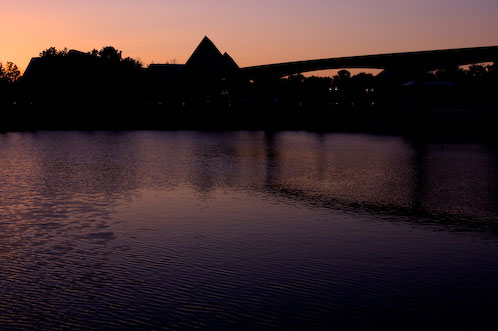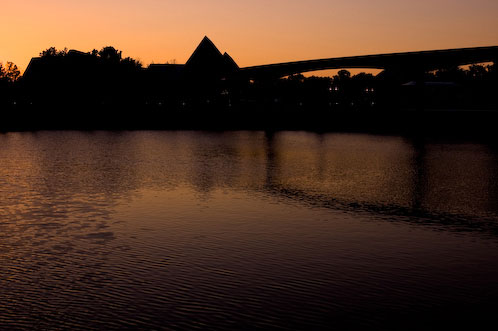People often get frustrated when they take a picture and the color does not represent what they saw. A prime example is when you take a picture indoors that has a strong yellow/orange cast. Or perhaps when you take a picture of a gorgeous orange sunset but the photo comes out with a blue tint. Understanding what white balance is and how to use it can help you in any of these situations.
What is White Balance?
To put it simply, white balance tells the camera exactly what the color temperature of white is in degrees kelvin (K). Going back to 35mm days, most film was rated at “daylight,” which is about 5200-5500K. If you shot under a lighting condition other than daylight, then you would need to get a correction filter (unless of course you bought tungsten film). White balance eliminates the need for these filters by being able to tell your camera’s sensor what the white point is. The common color temperatures in photography range from about 3200K (orange) to 7500K (blue).
What About Auto White Balance?
Auto white balance (AWB) does a pretty good job in a lot of cases and continues to improve considerably with each new generation of digital cameras. The biggest problem with AWB is it can easily be fooled and overcompensate for a particular light source. This leaves you with an image that might be close to what you want but not perfect. The best way to describe the difference between AWB and preset WB: AWB gets you in the ballpark while preset WB puts you on the pitcher’s mound.
How Preset White Balance Works
The way a preset WB works is it adds the opposite color to make the light source appear white. This table breaks down the type of light source, its color temperature, what that light source will look like compared to daylight, and what color is added when using that WB.


*Fluorescent light tends to vary based on the type of bulb being used. Most fluorescent light does not fall into the traditional photo color temperature range as it has a strong green cast. Certain daylight or warm balance fluorescent lights fall around 4000-4500K.
Using Preset White Balance to Add Warmth
A common practice for scenic shots is to shoot the WB slightly warmer than the actual light you are in. For example: When I’m outdoors, I often times use the cloudy WB over the daylight WB to add a little extra warmth to the image. There are some situations where you intentionally have to shoot the image at a warmer WB to have the light reflect what you saw. Below is the same image with three different WB settings: the first daylight, the second cloudy, and the third shade.


Daylight WB


Cloudy WB


Shade WB
I really like all three images, but the second is much more representative of what I actually saw. The first one is a little too cool while the third is much too warm. Now in certain situations, you might want to have a warmer or cooler look so hopefully these three shots illustrate that in some shots the right WB setting is the one that you want personally.
